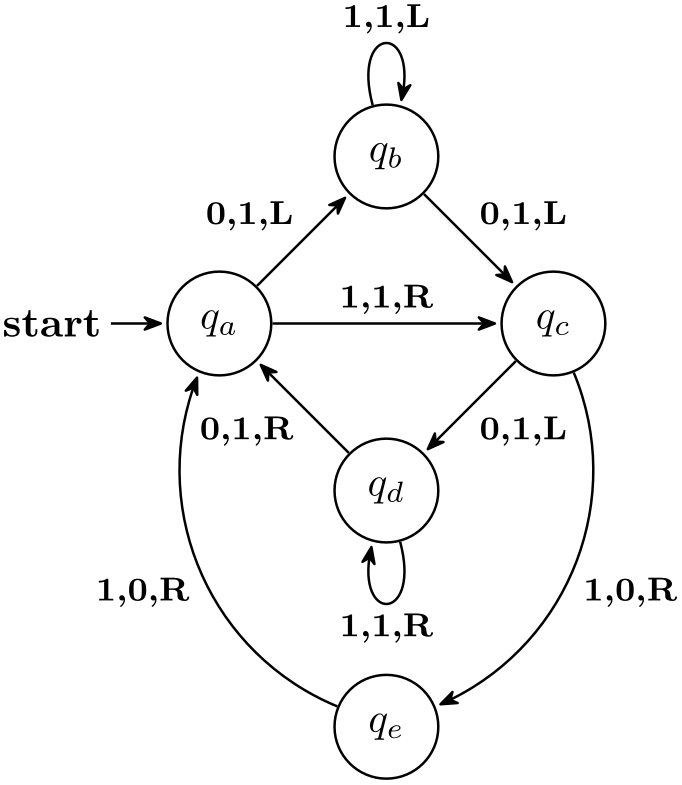TikZ and PGF Manual
Libraries
44 Babel Library¶
-
TikZ Library babel ¶
\usetikzlibrary{babel} %
LaTeX
and plain
TeX
\usetikzlibrary[babel] % ConTeXt
A tiny library that make the interaction with the babel package easier. Despite the name, it may
also be useful in other contexts, namely whenever the catcodes of important symbols are changed globally. Normally, using
this library is always a good idea; it is not always loaded by default since in some rare cases it may break old code.
The problems this library tries to fix have to do with the so-called “catcodes” of symbols used inside TikZ. In normal TeX operation, symbols like ! or " are “normal” characters and the TikZ parser expects them to be. Some packages, most noticeably the babel package, aggressively change these character codes so that for instance a semicolon gets a little extra space in french mode or a quotation mark followed by a vertical bar breaks ligatures in german mode.
Unfortunately, TikZ expects the character codes of some symbols to be “normal”. In some important cases it will tolerate changed character codes, but when the changes made by babel (or some other package) are too “aggressive”, compilation of TikZ code will fail.
The babel library of TikZ is intended to help out in this situation. All this library does is to set the following two keys to true. You can, however, also set these keys directly and also switch them off or on individually and independently of this library.
-
/tikz/handle active characters in code=⟨true or false⟩ (no default, initially false) ¶
When this key is set, at the beginning of every \tikz command and every {tikzpicture}, the character codes of all symbols used by TikZ are reset to their normal values. Furthermore, at the beginning of each node, the catcodes are restored to the values they had prior to the current picture.
The net effect of this is that, in most cases, symbols having a special character code can be used nicely both in TikZ code and also in node texts.
In the following, slightly silly, example we make the dot an active character and define it in some strange way. Now, in the later TikZ command, the dot in 3.0cm may no longer be active and setting the handle... option achieves exactly this. However, as can be seen, the dot is once more active inside the node.

\catcode`\.=\active
\def.{\o}
\tikz [handle active characters in code]
\node [draw, minimum width=3.0cm] {hall. pe.ple};
-
/tikz/handle active characters in nodes=⟨true or false⟩ (no default, initially false) ¶
This key is needed for a special situation: As explained for the handle ... code key, that key switches off all special meaning of symbols and switches them back on again at the beginning of nodes. However, there is one situation when this is not possible: When some text has already been read by TeX, the catcodes can no longer change. Now, for normal nodes this is not a problem since their contents has not been read at the moment the catcodes are restored. In contrast for label nodes for edges, nodes produced by the graph and quotes libraries, and some others nodes, their text has already been read when the catcodes get adjusted.
The present key may help in such situations: It causes the text of all such “indirectly created” nodes to be surrounded by a call to the \scantokens command. This command attempts to reread an already read text, but allows catcodes to change. As users of this command will know, it is not a perfect substitute for directly reading the text by TeX, but it normally has the desired effect.

\catcode`\.=\active
\def.{\o}
\tikz [handle active characters in code,
handle active characters in nodes]
\node [draw, label=f..] {hall. pe.ple};